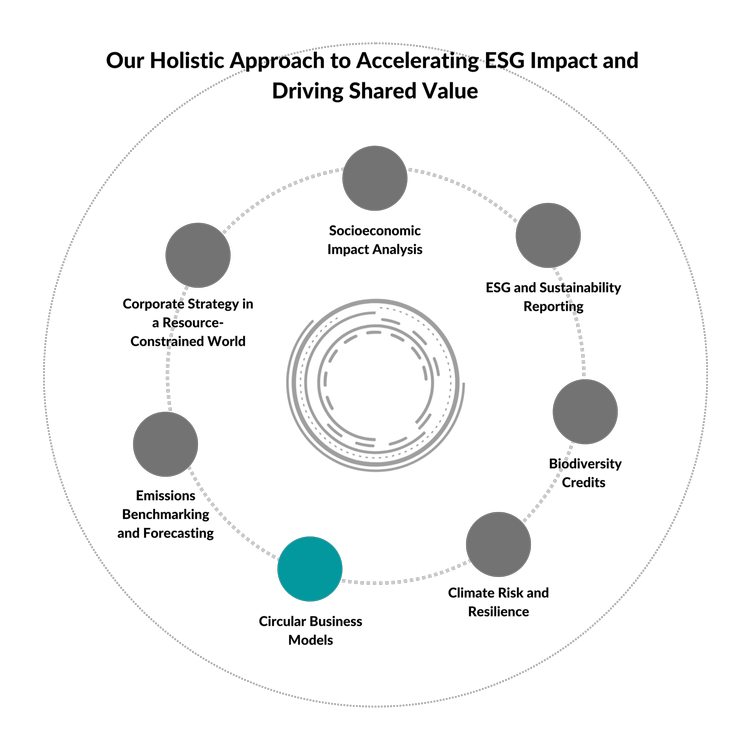
What we do
Circular business models modify the pattern of product and material flows through the economy. By doing so, they can reduce the adverse environmental side-effects resulting from the extraction, use, and eventual disposal of natural resources and materials. This results not only from facility level improvements in material productivity, but also from more fundamental changes in production and consumption patterns.





